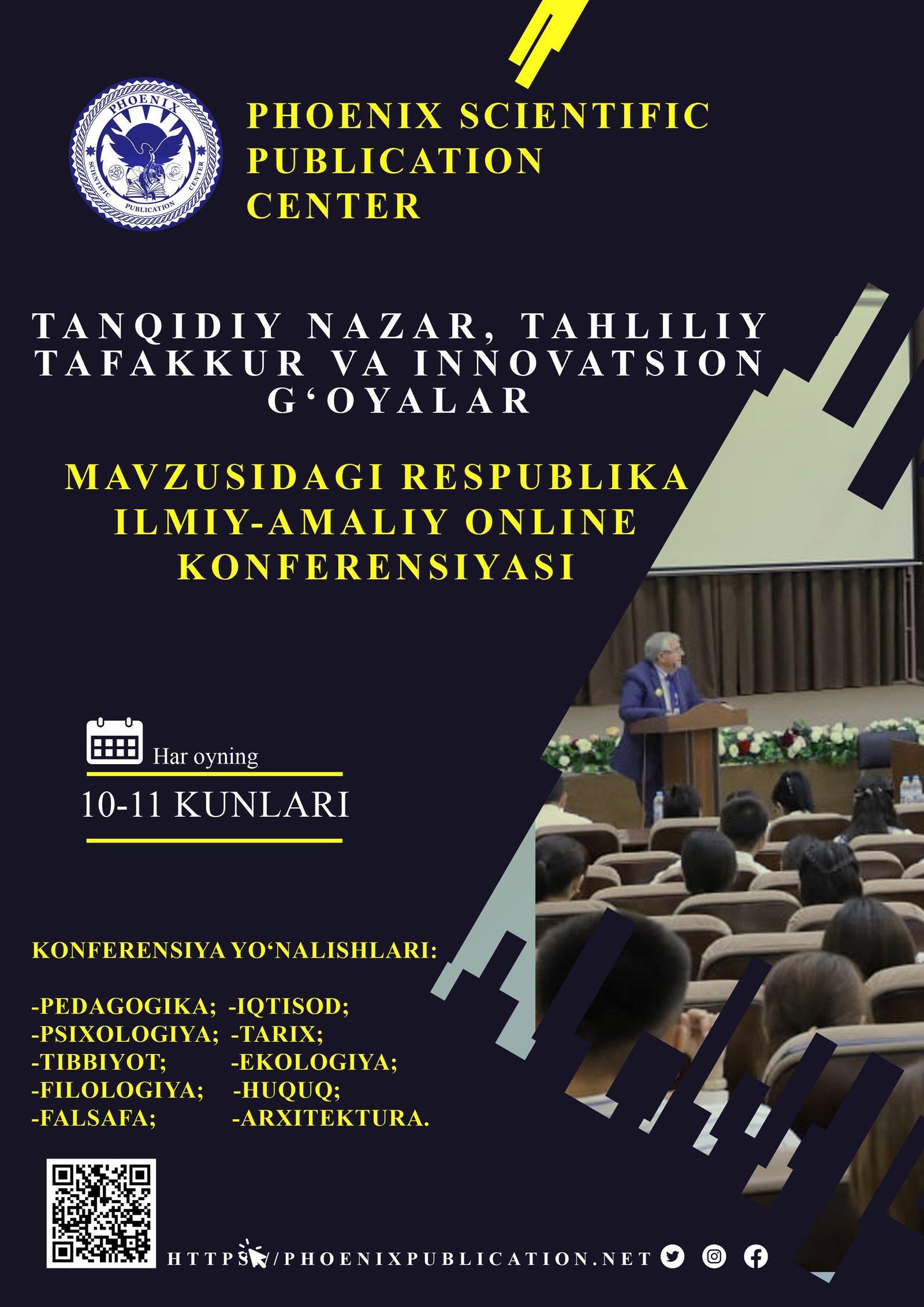Abstract
The Bakumatsu period (1853–1868) represents a pivotal turning point in Japanese history, marking the end of over two centuries of Tokugawa rule and the beginning of modern Japan. Triggered by Commodore Matthew Perry’s arrival and the forced opening of the country to the West, this era was characterized by immense political, social, and economic turmoil. This paper investigates the multifaceted causes behind the collapse of the Tokugawa Shogunate, examining both external pressures—such as Western imperialism and economic disruption— and internal weaknesses, including political corruption, social dissatisfaction, and delayed reforms. Drawing from primary texts and scholarly interpretations, this study aims to reveal how these factors collectively undermined the shogunate’s authority and set the stage for the Meiji
References
1. Japanese Economic Growth during the Edo PeriodToshiaki Tamaki 2014 Andrew
Gordon 『A Modern History of Japan: From Tokugawa Times to the Present
2. Michael S. Laver 『The Sakoku Edicts and the Politics of Tokugawa
3. Hegemony』(Cambria Press, 2011)
4. Cambridge History of Japan』シリーズ(特にVolume 3および4)
5. 早⾒あきら(2003)『近世⽇本の経済社会』
6. History and Culture of Traditional Japan』(Moscow, 2008)
7. ⽯井正⼰(2004)『出島とオランダ商館』講談社 —出島貿易の詳細とオラ
ンダとの関係についての実証的研究。
8. 村井章介(2002)『⽇本の対外関係史』東京⼤学出版会 — 対 外 関 係 史全
般を扱い、鎖国政策の背景を広く学べる。
9. ⽯井正⼰(2004)『出島とオランダ商館』講談社 —出島貿易の詳細とオラ
ンダとの関係についての実証的研究。
